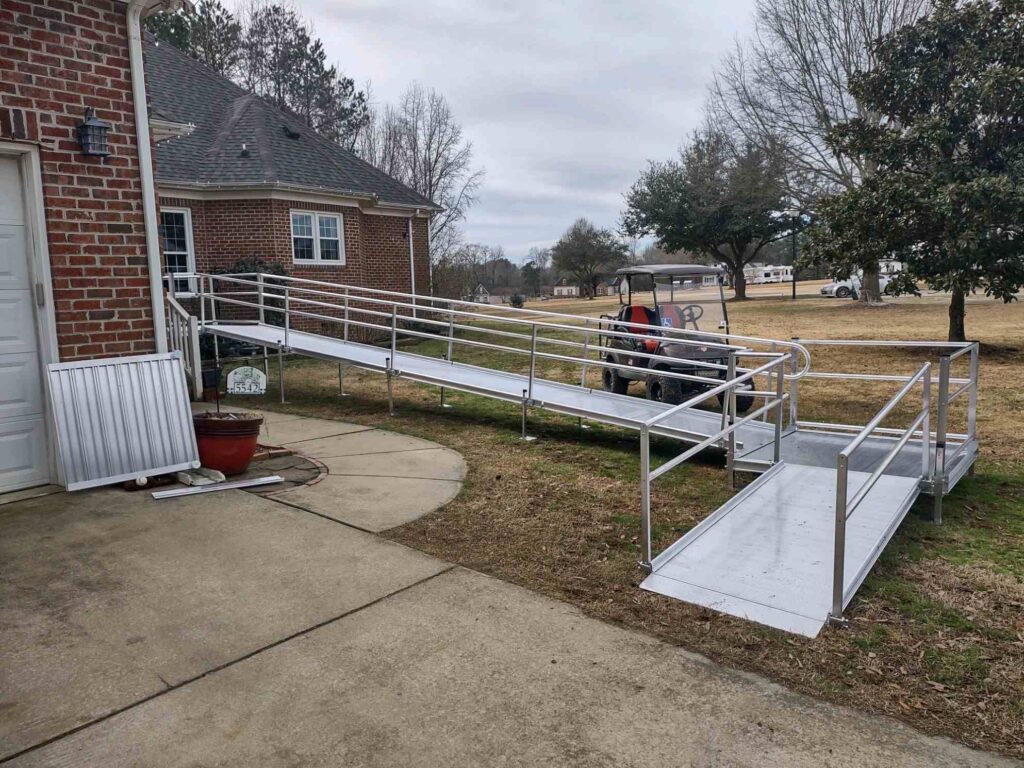Adding a ramp to your home is an essential step in improving accessibility and mobility, whether for yourself, a family member, or visitors. However, selecting the right ramp requires careful consideration of your specific needs, your home’s layout, and design preferences. A well-planned ramp can seamlessly blend functionality and aesthetics, making it a valuable addition to your property. This guide will walk you through the key factors to consider when choosing the perfect ramp for your home.
Understand Your Needs
Start by assessing the purpose of the ramp. Is it for temporary use, long-term accessibility, or to accommodate mobility devices like wheelchairs? Knowing the specific requirements will help narrow down your options and ensure the ramp suits your household’s needs.
Consider Your Home’s Layout
The placement of the ramp is crucial. Analyze the available space, doorway dimensions, and the slope leading to the entry point. A straight ramp might work for areas with a clear pathway, while a switchback or L-shaped ramp might be better for homes with limited space or elevation changes.
Choose the Right Material
Ramps are available in materials like aluminum, wood, and concrete. Aluminum ramps are lightweight and durable, making them ideal for temporary or portable use. Wooden ramps blend aesthetically with traditional home designs but require more maintenance. Concrete ramps provide long-term stability but are more permanent and costly to install.
Ensure ADA Compliance
For optimal safety and usability, adhere to the Americans with Disabilities Act (ADA) guidelines. This includes ensuring the ramp has a 1:12 slope ratio, proper railings, and non-slip surfaces. Even for non-commercial use, these standards ensure the ramp is accessible and safe for everyone.
Blend Function with Design
Choose a ramp design that complements your home’s aesthetic. Incorporate features like railings, lighting, or landscaping to enhance both functionality and curb appeal. The right ramp can add value and style to your home while meeting accessibility needs.
Choosing the right ramp for your home involves more than just functionality—it’s about creating a solution that meets accessibility needs while enhancing your home’s overall design. By understanding your requirements, assessing your home’s layout, selecting the appropriate materials, adhering to safety standards like ADA guidelines, and blending design with functionality, you can ensure the ramp is both practical and visually appealing. With thoughtful planning, your ramp can provide long-lasting accessibility and style for your home.




